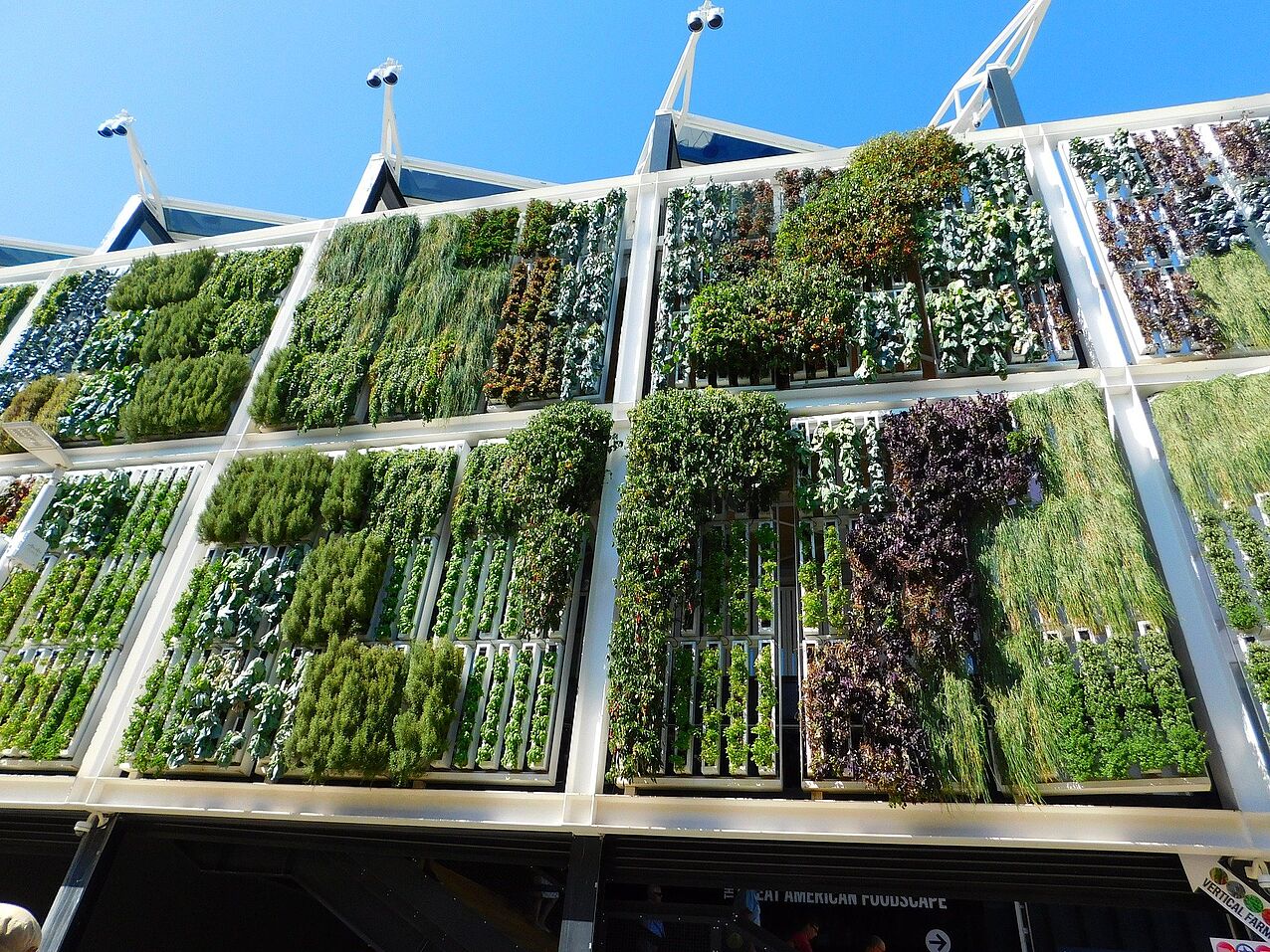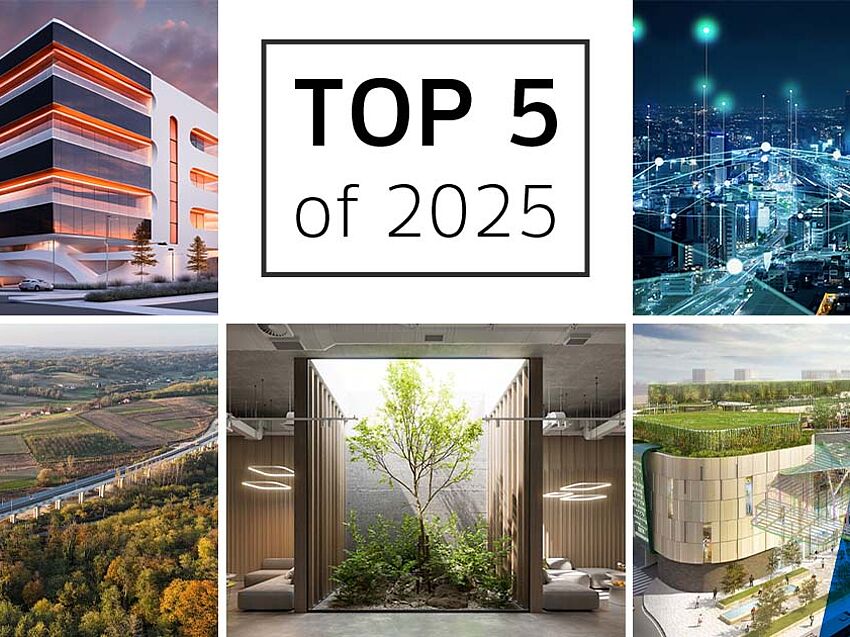The trend of living near nature has been established for some time in architecture. City dwellers have a desire for more nature in their immediate environment. Expansive green areas and parks are just as much a part of this as vertical gardens. Planted facades not only pose particular challenges to the selection of plants and the structure of the building, but also combine numerous advantages, which benefit the entire city quarter. We will explain to you how that is and show you already completed examples from across Europe.
The idea of green walls
Friedensreich Hundertwasser already outfitted a building of the Banca Catalana in Barcelona with a wall garden in 1978. He disguised the facades with hundreds of planters, from which plants sprouted as in a jungle. However the idea itself is much older. For the Italian architect Matteo Thun (*1952), green architecture represents a return to normality,renewed connection between man and nature.
More recently, the French botanist and garden artist Patrick Blanc (*1953) shaped the vision of vertical gardens in particular. He beautified the facade of the Caixa Forum in Madrid with 15,000 plants from 250 different species. The Musée du Quai Branly in Paris also bears his signature: He designed a wall garden there in a space of 800 square meters.
In October 2014, the Italian Stefano Boeri completed two huge residential towers in Milan. They are called "Bosco verticale" – vertical forest. At 76 or 110-meter height, 20,000 plants grow over each other in drawer-like troughs. In addition, about 800 trees grow with a height of up to nine meters. They have to defy the intense sunlight as well as the loss of moisture and the strong wind on higher floors. That is why climbing plants such as grape vines, perennials and small woody plants are particularly suitable. However conifers and oaks are also conceivable.

Advantages of facade greening
Plants generate oxygen and filter dust, pollutants and noise. In addition, they improve the air quality and regulate strong temperature fluctuations. Experts argue about the extent to which the city's climate is actually improved by this. In order to achieve measurable effects, several hundred square meters of planted facades would be required in a streetscape. While there are a few studies on the topic, they only confirm the long-known positive effects and the modest advantages. The first newer projects are in the test phase.
Experts, however, do agree on the point that the green has positive effects on the psyche of people. Residents of big cities, for example, perceive heat to be more pleasant in planted inner courtyards. Many of them desire more green in their immediate vicinity and that is why planted facades could contribute to improving the image of a city. The vertical building of green walls has the advantage that less green space is needed. The demographic development has allowed living space to grow vertically, and green oases are following suit.
Additional developments are needed
At the moment, wall gardens are still associated with higher costs. This affects not only the substructure chosen, but also a suitable irrigation system. Can rainwater be used? If yes, what options are there for collection? The building's structure also plays a role: How must architects and engineers design the building so that the plants can also withstand storms? All of these questions need answers, which will surely be found in the course of the coming years. For city planners, the planted walls allow new creative freedoms. The internal and external green spaces represent a part of the architectural concept – one unit of building, man and nature.




